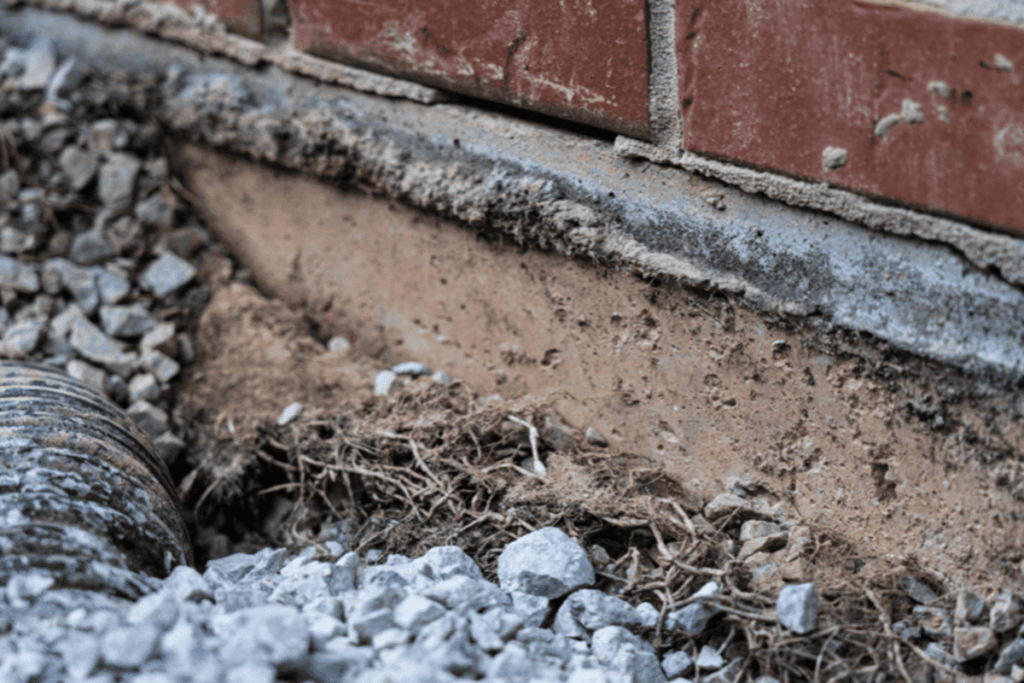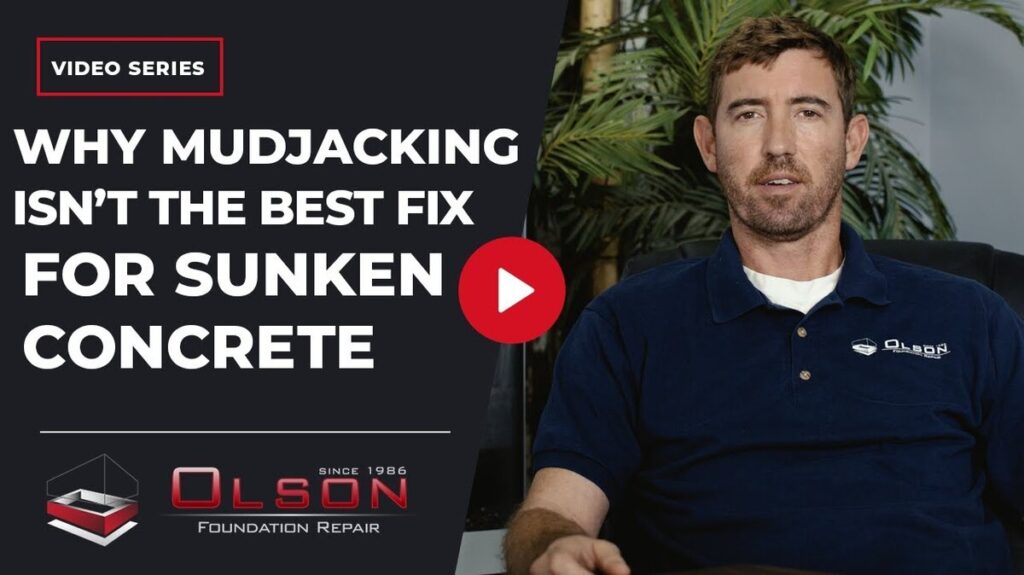Dealing with standing water in your yard or around your foundation can be a nightmare for any homeowner. Left unresolved, it can lead to everything from soggy lawns to serious foundation issues. If you’re looking for an effective way to solve the problem, a French drain might be the answer. But how much will it cost? While the price can vary based on several factors, one thing is clear: it’s an investment in protecting your home from water damage. Let’s dive into what influences the cost of a French drain and how it works to keep your property dry.
What is a French Drain?
A French drain is a simple yet effective solution for dealing with water accumulation around your home or yard. Essentially, it’s a trench filled with gravel or rock that directs water away from the problem area and towards a lower point on your property.
The drain consists of perforated pipes that collect water, guiding it to a more suitable area for drainage. French drains are typically installed in areas prone to water pooling, such as low spots in the yard or around the foundation of a home.
Factors That Impact French Drain Cost
When determining the cost for a French drain, several factors come into play. On average, in 2024, the cost can range between $40 and $80 per foot. However, this price range varies depending on the specifics of your project. Let’s break down the main factors that will affect the cost:
1. Severity of the Problem
The extent of the water problem can greatly impact the price of the French drain. If the water pooling is severe, requiring a larger and more complex drainage system, the cost will naturally increase. In some cases, adding more drainage boxes to the system to help channel water away more effectively may be necessary, which also adds to the overall cost.
2. Length of the Drain
The size of the area that needs drainage will directly affect how much French drain you need. A small, localized problem may only require a short drain, whereas larger yards or properties with multiple low spots could need a longer system, raising the overall price.
3. Soil Conditions and Slope
The condition of the soil and the slope of your property also play a role. If your property has a negative slope (meaning water flows toward your home), you may need more extensive grading work before installing the French drain. In some cases, bringing in extra dirt to help improve the slope and drainage around your property may be the first step, which can add to labor costs.
Installation Process: What to Expect
The installation of a French drain is more than just digging a trench and filling it with gravel. It’s a strategic process that ensures water is diverted properly and effectively. Here’s an overview of the steps involved:
1. Planning and Digging the Trench
The first step is identifying the area with the water issue and planning the layout of the drain. A trench is then dug in the affected area, sloping downward to direct water toward a designated exit point.
2. Adding Drainage Boxes
To ensure efficient water flow, we install drainage boxes at key points along the trench. These boxes help capture and channel the pooling water, making sure it moves smoothly through the system. Regular maintenance, such as keeping these boxes free from debris, will help avoid any clogs.
3. Installing the Drainage Pipe
Once the trench is dug and the boxes are in place, a perforated pipe is laid at the bottom of the trench. This pipe allows water to seep into the system and flow away from the area.
4. Filling with Gravel
After the pipe is installed, the trench is filled with gravel. This helps keep the system open and free-flowing, while also preventing dirt and debris from clogging the pipe.
Maintenance Tips for a French Drain
While French drains are designed to last for many years with minimal maintenance, a little upkeep goes a long way in preventing problems down the road. Here’s what you need to know about maintaining your French drain:
1. Clearing Debris from Drainage Boxes
Since the system is largely underground, the most common maintenance task is ensuring the drainage boxes stay clear of debris. Leaves, dirt, and other materials can clog the boxes, causing the system to back up. It’s a good idea to remove the tops of the boxes every fall to clean them out.
2. Checking for Clogs
Over time, French drains can become clogged with dirt or debris. It usually takes a few years of neglect for significant clogs to form, but we recommend checking the system every couple of years to ensure it’s functioning properly. If you notice water pooling again, it could indicate a blockage that needs to be cleared.
Do You Really Need a French Drain?
In some cases, improving the slope of your property may solve the water issue without the need for a full French drain system. If water is flowing toward your home, bringing in additional dirt to create a positive slope away from the foundation might be a simpler, more affordable solution.
However, when slope adjustment isn’t enough, a French drain becomes necessary to redirect water to a lower point. Each situation is unique, so it’s important to assess the severity of the issue before deciding.
In Summary
The cost for a French drain varies based on the size of the project, the severity of the water problem, and the conditions of your property. On average, you can expect to pay between $40 and $80 per foot for installation. Maintenance is simple but crucial to ensure the drain continues to work efficiently.
If you’re considering a French drain for your property, we’d be happy to assess your needs and provide a tailored solution. Contact us to learn more about how we can help protect your home from water damage.




